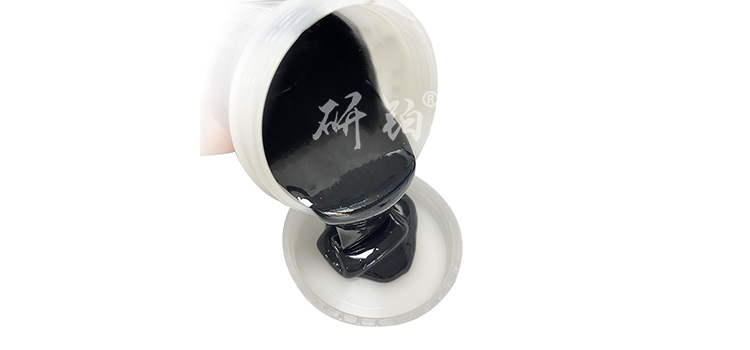

Hotline:0755-22277778
Tel:0755-22277778
Mobile:13826586185(Mr.Duan)
Fax:0755-22277776
E-mail:duanlian@xianjinyuan.cn
The so-called thick film hybrid integrated circuit, also known as thick film circuit or thick film hybrid circuit, refers to circuit units that meet certain functional requirements by producing interconnect wires, resistors, capacitors, inductors, etc. on a substrate through processes such as screen printing and firing Due to its advantages of small size, high power, reliable performance, flexible design, low cost, and high cost-effectiveness, thick film circuits have adapted to the requirements of development trends and occupy more than 80% of the market share in the hybrid circuit industry, increasingly highlighting their dominant position Advanced Institute (Shenzhen) Technology Co., Ltd. will provide you with a detailed introduction
Thick film circuits, as an important branch of integrated circuits, have emerged and developed with the emergence of thick film electronic materials and thick film technology Thick film electronic materials are the material basis of thick film circuits, mainly including substrates andThick film electronic pasteThe substrate is the carrier of thick film circuits, and its material properties have a significant impact on the quality of thick film circuits Thick film electronic paste is the core and key of thick film circuits, and its quality directly affects the performance of thick film components
There are many classification methods for thick film electronic pastes as the basic material for manufacturing thick film components
Electronic pastes can be classified according to their different usesresistor pasteThere are three main categories: conductor paste and dielectric paste

According to the type of substrate used, it can be divided into ceramic substrate, polymer substrate, glass substrate, and composite substrate electronic paste At present, ceramic substrate electronic paste is the most commonly used, among which Al2O3Ceramic substrate resistor pasteThe earliest development, mature technology, and largest usage New ceramic substrate electronic pastes such as AlN substrates meet the development requirements of high-power thick film circuits, and their application fields are constantly expanding, accounting for an increasingly large proportion in ceramic substrate electronic pastes The representative electronic pastes for polymer substrates, glass substrates, and composite substrates are polyester and polyimide substrates, sodium calcium window glass substrates, and glazed metal insulated substrates, respectively. They are all new types of electronic pastes developed with the continuous expansion of thick film circuit applications. They are fired at low, medium, and high temperatures, and their market share is increasing due to their respective specialties and irreplaceability
According to the price of conductive phases, they can be divided into precious metal electronic pastes and base metal electronic pastesPrecious metal resistor pasteRepresentative systems include palladium silver electron paste and ruthenium based electron paste The representative of base metal electronic paste is molybdenum disilicide resistor paste Although precious metal pastes have outstanding advantages such as high stability and reliability, high precision, and long lifespan, and are in an absolute dominant position in electronic technology, reducing costs, decreasing the amount of precious metals, and using base metals are the directions for the development of electronic pastes
According to different sintering systems, it can be divided into high-temperature sintered electronic paste, medium temperature sintered electronic paste, and low-temperature drying electronic paste The sintering process of resistor paste has a significant impact on its performance The establishment of sintering system is not only related to the composition of the slurry, but also to the type of substrate The firing temperature of high-temperature sintered electronic paste is generally around 850 ℃ The firing temperature of medium temperature sintered electronic paste is generally in the range of 500-700 ℃ The series of electronic pastes prepared with organic resin belong to the drying type resistor paste, with a drying temperature of 120-250 ℃
According to different purposes, it can be divided into general electronic pastes and specialized electronic pastes General electronic paste technology has good adaptability and compatibility, including high-performance electronic paste and chip electronic paste, widely used in high reliability integrated circuits, precision discrete components, and chip resistor components Specialized electronic pastes mainly includeThermistor paste、Surge resistor pasteAnd high-power electronic pastes are used for various thermal sensing control components, surge protection circuits, and high-power thick film components


Advanced Institute (Shenzhen) Technology Co., Ltd, © two thousand and twenty-onewww.avanzado.cn. All rights reservedGuangdong ICP No. 2021051947-1 © two thousand and twenty-onewww.xianjinyuan.cn. All rights reservedGuangdong ICP No. 2021051947-2